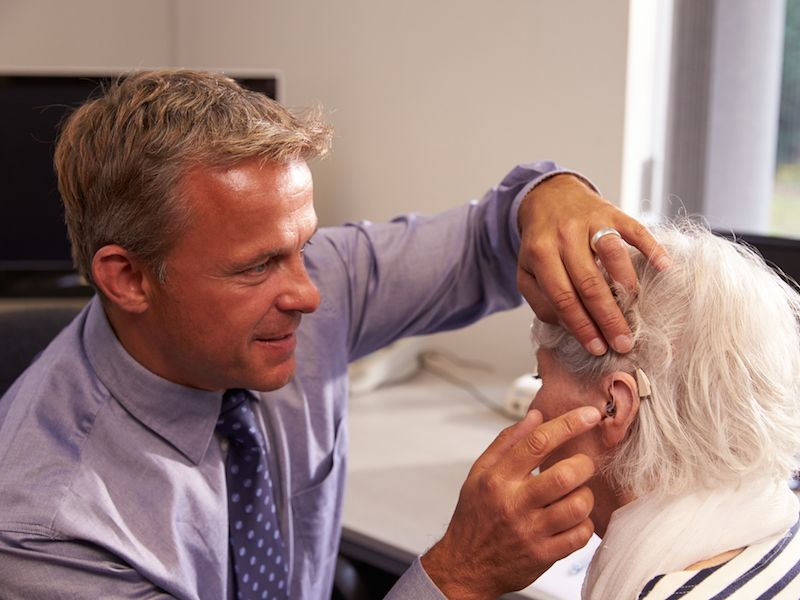
The numbers don’t lie: at some time in your life, you’re probably going to require a hearing aid. A report from NIDCD states that around a quarter of all individuals between the ages of 60 and 75 have some form of hearing loss, and that figure goes up to 50% for people 75 and older. But how can you be sure which hearing aid is right for you when you realize it’s your best opportunity to combat hearing loss? Advances in technology in recent times have resolved some of the problems usually connected to hearing aids, such as an excessive amount of background noise and vulnerability to water damage. But to make sure your choice of hearing aid is right for you, there are still things you need to consider.
Directionality is a Crucial Feature
Directionality is one key feature you should look for, which is the ability for your hearing aid to focus on the specific noise around you (like a conversation) while reducing background noise to a minimum. Many hearing aids have different directionality packages, which either focus in on the noise directly in front of you, the speech that’s coming from different speakers, or a combination of those two.
Can You Use it With Your Phone?
It’s become apparent, we’re addicted to our cellphone as a country. You probably have some type of cell phone, either a smartphone or an older style cell phone. And on the off-chance that you don’t own any kind of cell phone, you probably still have a land-line. So, how well hearing aid works with your phone is an essential consideration when you’re shopping for hearing aids. What does it sound like? Do voices sound clear? Does it feel comfortable? Is it Bluetooth Ready? These are all of the things you should take into consideration when looking at new hearing aids.
What is The Probability You Would Actually Wear it?
As mentioned above, hearing aid development has advanced tremendously over the last few years. One of those advances has been the size and shape of hearing aids, which have trended in the smaller and more comfortable path. But there are undoubtedly pros and cons. A smaller hearing aid might not be as powerful as a larger one, so it really depends on your hearing specialist’s suggestion and what you need to achieve with your hearing aid. The little models won’t have the features of the larger models and they might get clogged with earwax but they do fit inside your ears almost imperceptibility. On the other side of it, a behind the ear hearing aid is larger and might be more obvious, but often come with more directionality features and provide more options for sound amplification.
Exposure to Specific Background Sounds
One of the biggest problems since the advent of hearing aid technology has been wind noise and the chaos it causes to wearers. Being outside on a windy day with a traditional hearing aid once meant that you couldn’t hear anything but the wind, which is could drive anyone insane. If you’re an outdoors kind of person or you live in a windy place, you’ll want to control wind noises with your hearing aid decision so that conversations are free from that irritating wind howl. Looking for more information about how to select the right hearing aid? Get in touch with us.